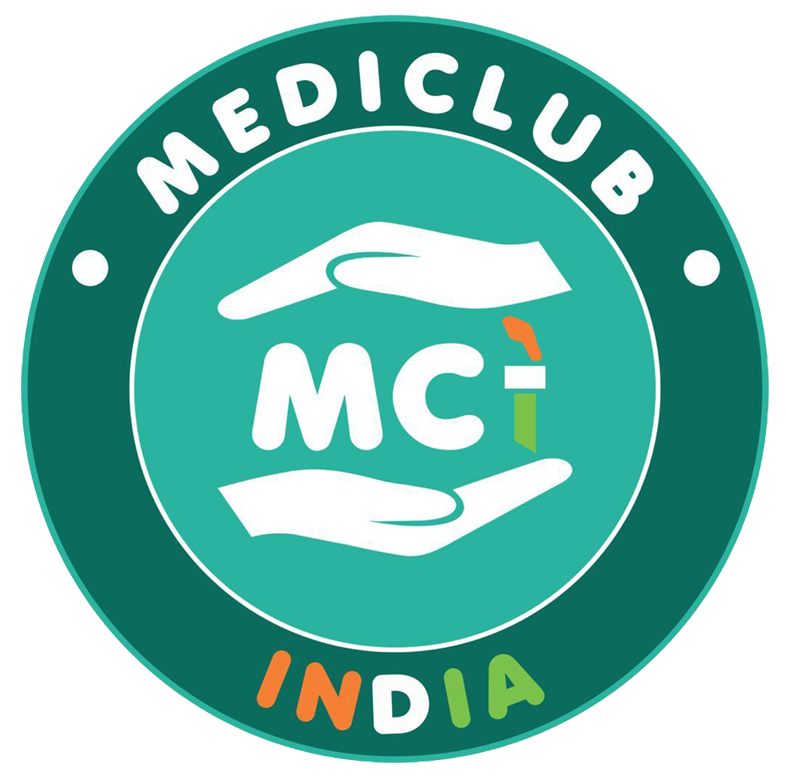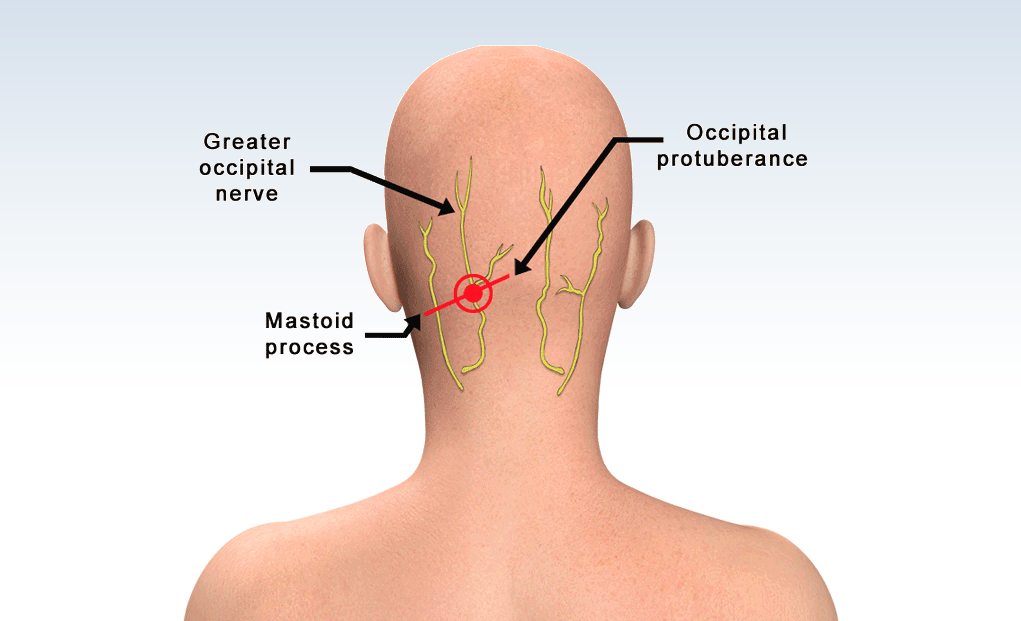Targeted Pain Management: How GON Blocks (Greater Occipital Nerve Blocks) Alleviate Migraine Symptoms
Migraines are more than just severe headaches—they are complex neurological disorders that can significantly disrupt a person’s quality of life. When conventional treatments like medications or lifestyle adjustments fall short, innovative procedures such as Greater Occipital Nerve (GON) Blocks offer a promising alternative. These blocks target the root cause of migraine pain, providing effective relief for many patients.
The greater occipital nerves originate at the base of the skull and play a crucial role in transmitting pain signals from the scalp to the brain. In some cases of migraines and other chronic headaches, these nerves become sensitized or inflamed, triggering persistent pain. GON blocks involve injecting a combination of a local anesthetic and corticosteroids near these nerves to interrupt pain transmission and reduce inflammation.
How GON Blocks Work
- Blocking Pain Pathways: By delivering a local anesthetic to the greater occipital nerves, GON blocks temporarily disrupt the transmission of pain signals to the brain, offering immediate relief.
- Reducing Inflammation: Corticosteroids in the injection help address any inflammation around the nerve, contributing to sustained pain relief.
- Resetting Pain Thresholds: For individuals with chronic migraines, prolonged sensitization of pain pathways can lower the threshold for pain. It works to reset these pathways, reducing migraine frequency and intensity over time.
Role of GON Blocks in Migraine Management
- Targeted Treatment: Unlike systemic medications that affect the entire body, Greater Occipital Nerve Blocks are localized, ensuring minimal side effects.
- Rapid Relief: Many patients experience relief within hours or days of the procedure, making it an attractive option for managing severe migraines.
- Adjunctive Therapy: GON blocks can be used alongside other migraine treatments, including preventive medications and lifestyle modifications, to maximize effectiveness.
What to Expect During the Procedure
It is minimally invasive and relatively quick, often taking less than 15 minutes to perform. Here’s a step-by-step overview of what patients can expect:
- Consultation: Before the procedure, your neurologist will evaluate your migraine history and symptoms to determine if GON blocks are suitable for you.
- Preparation: The injection site at the back of the head is cleaned and prepped.
- Injection: Using a thin needle, the doctor injects a precise dose of local anesthetic and corticosteroid near the greater occipital nerve. The procedure is typically well-tolerated, with minimal discomfort.
- Recovery: Patients can resume normal activities shortly after the procedure, with many noticing improvements in pain within 24–48 hours.
Why Choose Dr. Kunal Bahrani?
For individuals seeking relief from chronic migraines, expertise matters. Dr. Kunal Bahrani, a renowned neurologist, is a leader in headache management. His personalized approach and mastery of advanced techniques like GON blocks ensure optimal outcomes for his patients.
Final Thoughts
GON blocks are a safe and effective solution for managing migraines, especially for those who haven’t found success with conventional treatments. By targeting the source of pain, these blocks provide both immediate and lasting relief, empowering patients to regain control of their lives.
Don’t let migraines dictate your life. Consult Dr. Kunal Bahrani today and explore the benefits of GON blocks.

